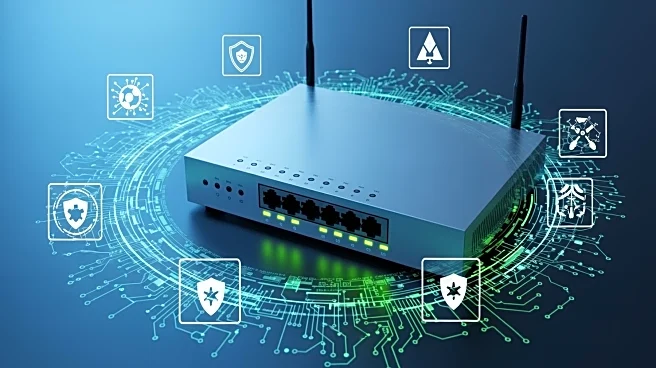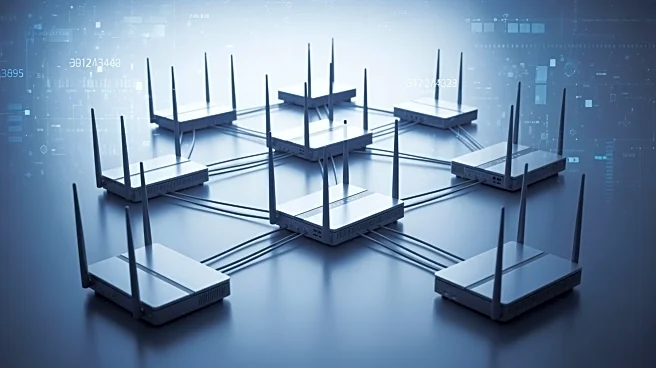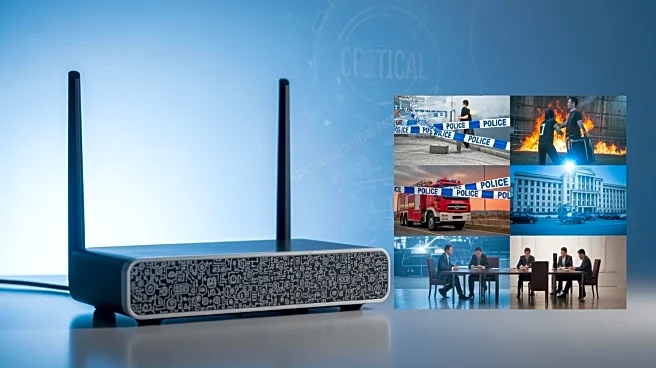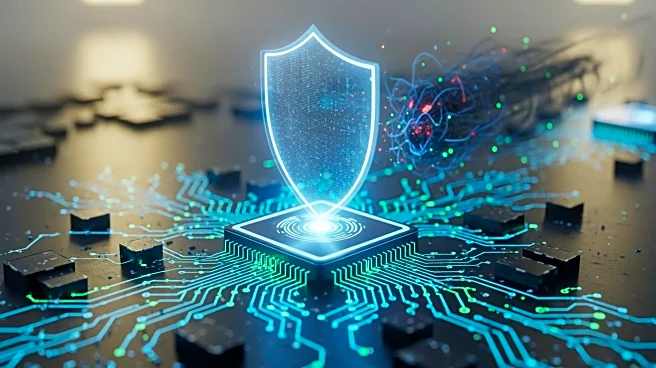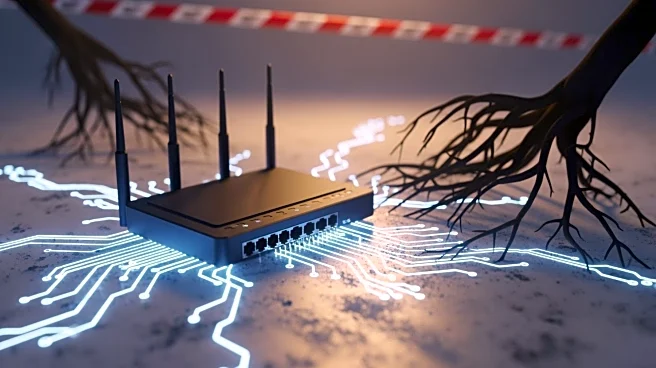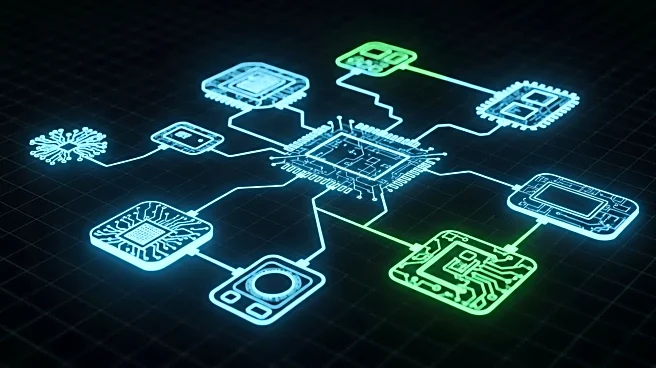What's Happening?
A newly disclosed cyberattack campaign, known as 'Zero Disco,' is targeting legacy Cisco switches by exploiting a vulnerability in the Cisco Simple Network Management Protocol (SNMP). This vulnerability,
identified as CVE-2025-20352, is a buffer-overflow issue that allows remote code execution (RCE) through specially crafted SNMP Get requests. Once the attackers gain code execution capabilities, they deploy custom Linux rootkits that integrate into the Cisco IOS daemon memory space. These rootkits set universal passwords, hide malicious processes, and manipulate network activity. Additionally, the rootkits spawn a UDP-based command-and-control component that can delete logs, bypass access controls, and reset timestamps to conceal changes. The campaign's complexity is heightened by its use of fileless payloads and memory hooks, making detection and remediation challenging.
Why It's Important?
The 'Zero Disco' campaign poses significant risks to network security, particularly for organizations relying on legacy Cisco switches. The exploitation of SNMP vulnerabilities and the deployment of fileless rootkits highlight the evolving tactics of cybercriminals, emphasizing the need for robust security measures and timely patching of vulnerabilities. This attack could lead to unauthorized access, data breaches, and potential disruptions in network operations, affecting businesses and critical infrastructure. Organizations using affected Cisco switches may face increased security costs and operational challenges as they work to detect and mitigate these threats. The campaign underscores the importance of cybersecurity vigilance and the need for continuous monitoring and updating of network systems.
What's Next?
Organizations using legacy Cisco switches are advised to review their network security protocols and apply necessary patches to mitigate the risks associated with the 'Zero Disco' campaign. Cisco may release updates or advisories to address the SNMP vulnerability and provide guidance on securing affected systems. Security teams should enhance their detection capabilities to identify fileless payloads and memory hooks, potentially employing advanced threat intelligence and monitoring tools. As the campaign evolves, cybersecurity experts and industry stakeholders may collaborate to develop more effective countermeasures and share threat intelligence to prevent further exploitation.
Beyond the Headlines
The 'Zero Disco' campaign highlights broader cybersecurity challenges, including the persistent threat of legacy system vulnerabilities and the sophistication of modern cyberattacks. It raises ethical and legal questions about the responsibility of manufacturers to ensure the security of their products and the need for organizations to prioritize cybersecurity investments. The campaign may prompt discussions on regulatory measures to enforce stricter security standards and encourage the adoption of newer technologies that offer enhanced protection against such threats.


